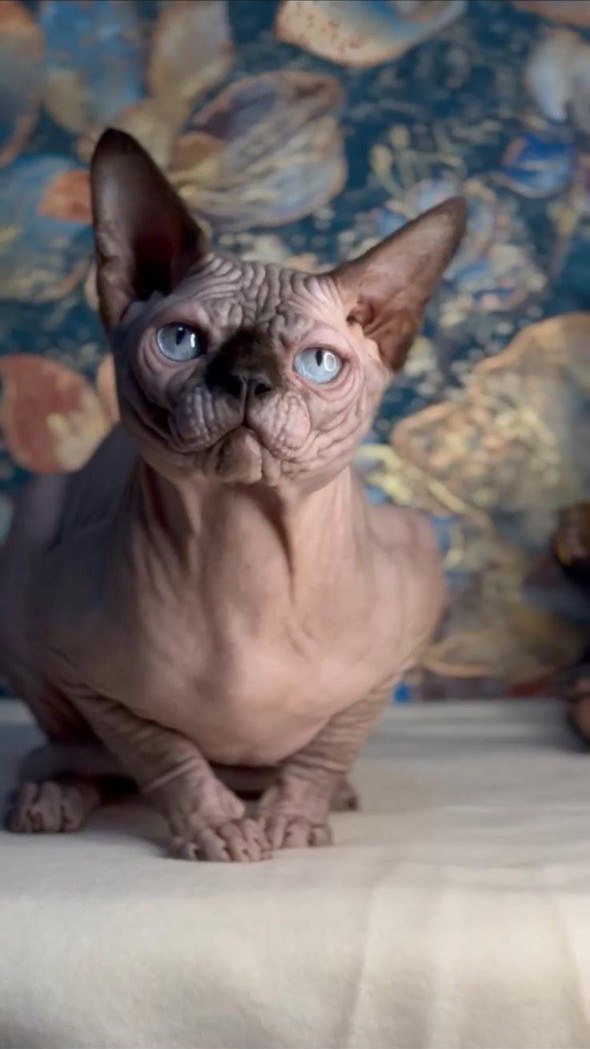The Sphynx Cat: A Proudly Canadian Breed

History
The Canadian Sphynx story began in Toronto, Canada, in 1966, with a hairless kitten named Prune. Through selective breeding with other cats (including Devon Rex and American Shorthair), breeders refined the line, balancing health and the unique hairless gene.
Sphynxes gained recognition in the 1970s and 80s, and the breed has continued to grow in popularity thanks to its social nature and “living sculpture” look. Today, Sphynxes are adored worldwide for their warm personalities and unforgettable appearance.
- Originated in Canada, but now bred worldwide.
- Accepted by TICA and CFA cat registries in the 1980s–90s.
- Known as the “Velcro cat” for their attachment to people.
- Influenced the creation of several other hairless breeds (Elf, Bambino, etc.).
FAQ
- Q: How did Sphynxes become hairless?
A: The hairless trait started as a natural genetic mutation. Breeders carefully worked to ensure healthy, friendly cats with this unique look. - Q: Are Sphynxes the only hairless cats?
A: No, but they are the most popular and best known. Other breeds like the Donskoy and Peterbald also have hairless varieties. - Q: Is the breed still rare?
A: They are rare compared to most cats, but are now bred by reputable catteries worldwide. - Q: Do Sphynxes have roots in Russia?
A: The Canadian Sphynx is from Canada, but Russia has its own hairless breeds (Donskoy, Peterbald) developed later. - Q: Why do people love Sphynxes?
A: For their intelligence, loyalty, and unique appearance—they are unforgettable companions! - Q: Do all Sphynxes have the same personality?
A: Most are very affectionate and playful, but individual personalities can vary as with any cat.
Contacts
We are always happy to clarify any question about owning a Sphynx or provide insights into their unique care and characteristics!
